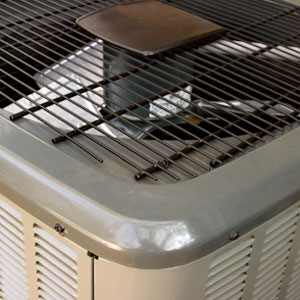
Resources
- Home
- About Air Cooling Systems
- Air Conditioner Pre Cooling System
- Air Cooling System
- Air Cooling System Design
- Air Cooling System In Automobiles
- Air Cooling System Reviews
- Air Cooling Systems FAQs
- Air Cooling Systems For Homes
- Air Cooling Systems For Offices
- Air In Cooling System Symptoms
- Car air Cooling System
- Car Air Cooling System
- Compressed Air Cooling System
- Cooling Air System
- Engine Air Cooling System
- Forced Air Cooling System
- Forced Air Heating And Cooling System
- Gas Turbine Inlet Air Cooling System
- How Do Air Cooling Systems Work
- Simple Air Cooling System
- Types Of Air Cooling Systems
- Underground Air Cooling System
- Where To Buy An Air Cooling System
How Do Air Cooling Systems Work
An air cooling system is a system that is designed with the basic purpose of using air to dissipate heat and help on cooling. The system works using the principle that an increased flow of air over a heated surface leads to cooling of the surface. It is generally complemented by adding fins to the object to be cooled so that the object has a much larger surface area. Air cooling systems are primarily based on the second law of thermodynamics that mentions that heat always flow from a high temperature region to a low temperature region and this is the reason why for an air cooling system to work, the air has to be cooler than the object or the surface from where removal of heat needs to be done.
Air cooling systems have wide and quite varied applications in a number of industries. These are generally used as a low cost alternative to other types of cooling systems. These are used in vehicles, generally for cooling of internal combustion engines, and in aircraft engines. Apart from this type of cooling is used in gas turbines to cool the blades of power generating turbines in order to prevent their melting. It is also used in most of the electronic systems that we use every day. These systems are highly successful in desktop, laptop and tablet computers. Air cooling also has wide applications in the industrial segment. Most of the processes used in the industry make use of this system of cooling in one way or the other.
Air cooling in fact is something that is quite easy to use and does not cost a lot but like any other technology out there it has its own advantages and disadvantages. Let us take a look at what these are and how these have an impact on their usability.
The benefits of using these systems:
- Air based cooling systems are lighter and more compact than other types of cooling systems. Thus they are the perfect choice if there is limitation of space.
- Liquid cooled systems are not effective in places where liquid freezes due to extreme cold, it is here where air based cooling systems are more popular.
- These systems cost less and are very easy to maintain.
The handicap associated with the use of these systems:
- There may be cases wherein use of air cooled systems may lead to uneven cooling effects. Even though this problem can be solved, it is a problem nonetheless.
- Managing a big cooling system and maintaining the right cooling may become a difficult proposition.
- Since air cooling requires use of fins in most cases, there may be a lot of noise due to vibration of the fins.
Though there are several limitations associated with the use of this type of cooling system, the system as a whole is quite wonderful and highly practical in nature. This is the reason why most of the cooling applications make use of this kind of a system. One thing that needs to be remembered is that even though the concept behind such a system is very simple, the system is in fact highly reliable and practical.
